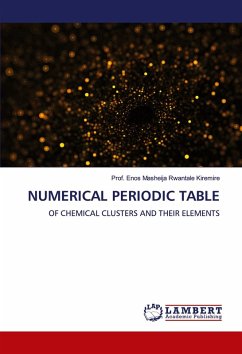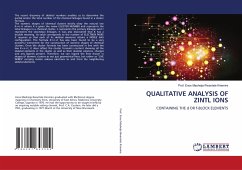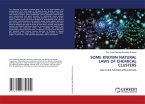A wide range of chemical clusters have been analyzed and categorized by three interrelated methods. These are : Using skeletal numbers, Using capping indices and Using 2N series. In this way, cluster configurations K_= DzCy were derived. A cluster configuration is extremely important as we can derive the following information from it, namely: the cluster number K, the K(n) parameter, the CLUSTER VALENCE ELECTRONS, using the 4 equations of cluster valence electrons, and the isomeric shapes of the cluster. This book gives selected samples of capping series of CLUSTER GROUPS (D-z and Dz). The cluster valence electron tables show that cluster valence electron series have no beginning and no end. It is just an infinite universe of chemical clusters and elements.
Bitte wählen Sie Ihr Anliegen aus.
Rechnungen
Retourenschein anfordern
Bestellstatus
Storno









